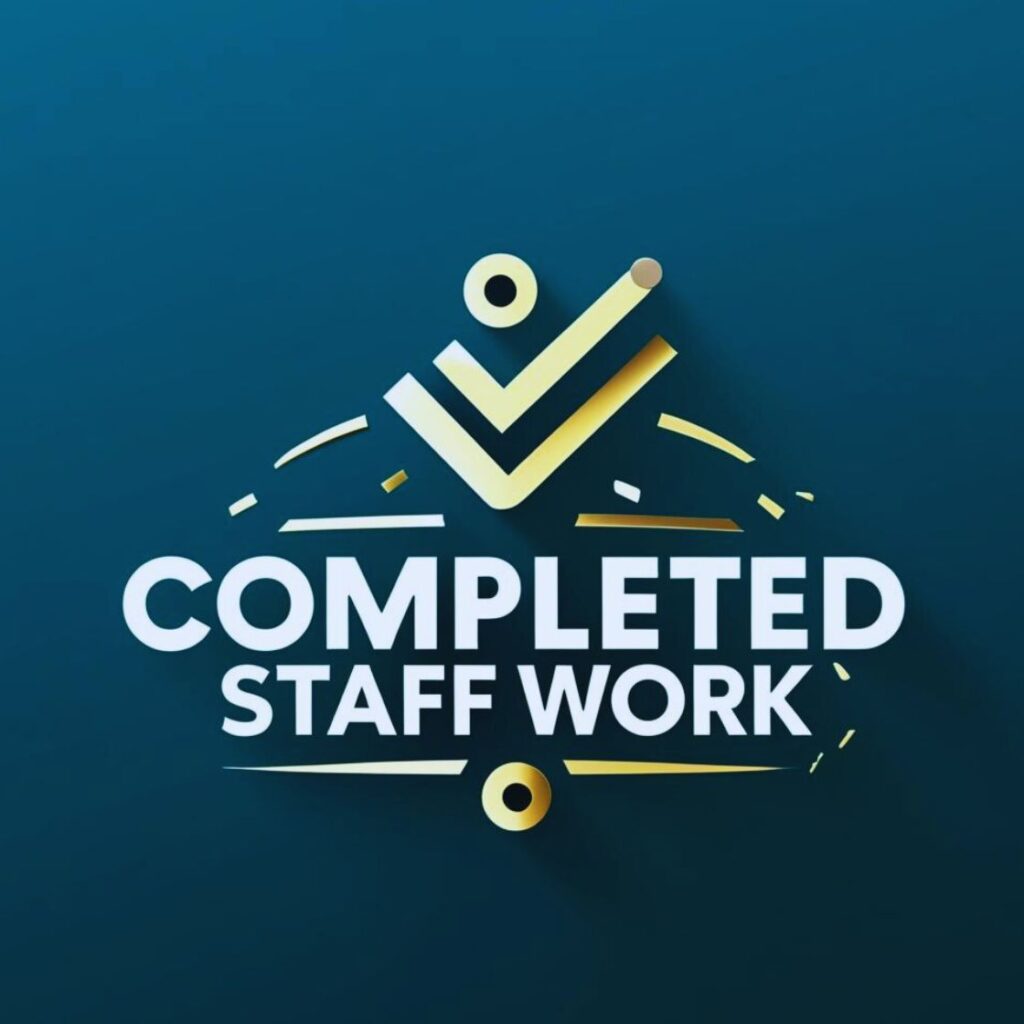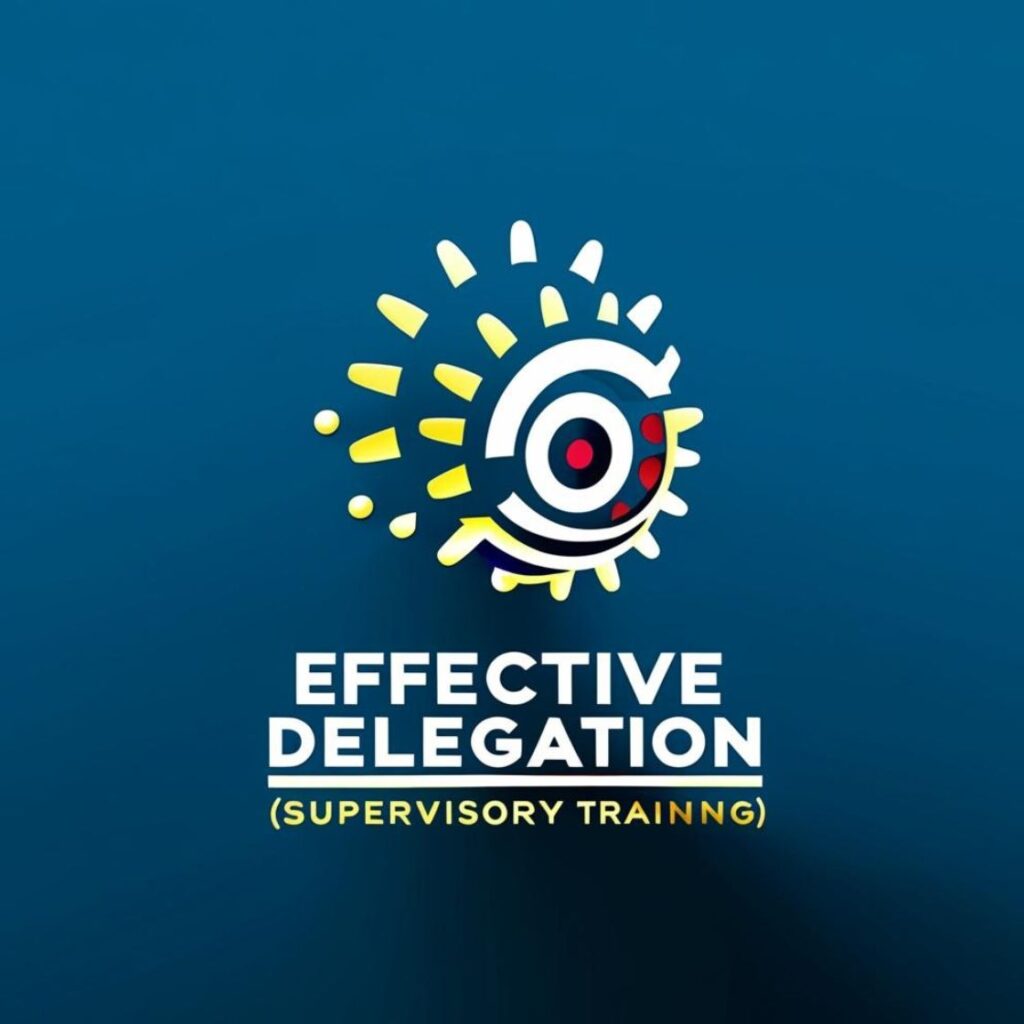Ever tried to photocopy your face as a prank at the office, only to realize too late that the boss was the next in line for the copier?
Let’s face it, we’ve all had our share of facepalm moments. But here’s the thing: it’s in these ‘oops’ moments that we find the golden nuggets of wisdom—if only we’re willing to dig a bit.
The Stigma of Failure
In the Philippines, where the community and family opinion weigh heavily on one’s shoulders, failing can sometimes feel like you’ve brought dishonor to your entire lineage, back to the tenth generation. It’s like singing off-key at the karaoke bar—everyone hears it, and you just wish the ground would swallow you whole.
But here’s a fun fact: failure is not a monstrous kapre lurking in the shadows, waiting to pounce; it’s more like that annoying but wise tito who, after teasing you, offers the most insightful life advice.
Recognizing Failure as a Teacher
Imagine failure as that strict titser who piles on the homework. You groan and moan, but as the exams roll in, you realize you’re breezing through because of the hard knocks and tough love.
History is littered with tales of great Filipino figures who stumbled, fell, but rose mightier than before.
Take Jose Rizal, for instance; not everything he attempted was a straight-up success, but does anyone remember the mishaps?
Nah, it’s his victories and contributions that made it to our Peso bills and history books.
Great leadership isn’t an event—it’s a habit. Get actionable leadership habits every Monday and Thursday.
Emotional Resilience: Dealing with the Aftermath
So, you’ve botched up big time—maybe you sent out an office memo with an embarrassing typo that turned “annual report” into “annoying report.”
Ouch.
The key here is not to dive headfirst into a tub of halo-halo to drown your sorrows but to treat yourself with the same kindness you would offer a friend who’s made a similar mistake. Cry if you must, binge-watch a teleserye, then pick yourself up, dust off the sticky rice, and prepare for round two.
Analyzing the Failure
Here comes the detective work. Grab your magnifying glass and look at your failure like a sleuth unraveling a mystery.
Did the typo happen because you were multitasking like a jeepney driver weaving through traffic? Were you rushing faster than a habal-habal in rush hour?
Dissect the incident without letting emotions drive the bus. It’s not about self-blame; it’s about understanding the why and the how, so next time, your memo sings praises instead of insults.
Implementing the Lessons Learned
Once you’ve played detective and pinpointed where things went sideways, it’s time to morph those insights into action. It’s like learning the hard way that wearing flip-flops during the rainy season can lead to a spectacular, muddy slide on the sidewalk.
Next time? You rock those waterproof boots with confidence.
Translate your ‘aha’ moments into tangible steps. For instance, if multitasking led to that infamous typo, perhaps it’s time to channel your inner manong fishball vendor: focus on perfecting those fishballs (one task) before moving on to the squid balls (another task).
Apply this single-tasking approach to your work habits, ensuring quality and minimizing the room for error.
Building a Culture that Embraces Failure
For those in leadership roles, fostering an environment where failure isn’t a taboo but a stepping stone to innovation is crucial.
Start by sharing your own bloopers and what you’ve learned from them. This not only humanizes you but also opens the floor for others to share without fear of judgment. Encourage initiatives and ideas, even if they seem out of left field.
Remember, some of the best innovations in Philippine history came from thinking outside the box—or jeepney, in this case.
Celebrating the Learning, Not Just the Success
In a country where fiestas and celebrations are a way of life, why not extend the festivities to include learning from failures? Instead of the usual office parties for project completions or hitting targets, throw a small salo-salo for the brave souls who tried something new, regardless of the outcome.
Highlight the lessons learned and the courage it took to attempt the unknown. It shifts the focus from failure being a source of shame to a cause for celebration and shared learning.
Conclusion
Learning from failures is like adding more colors to the weave—each thread of setback enriching the pattern, making it stronger and more beautiful.
So, the next time you face a setback, remember: it’s not the end of the world. It’s just another step in the dance, another story to share over a plate of pancit at the next family gathering.
Embrace it, learn from it, and move forward with the knowledge that every failure brings you one step closer to the person you’re meant to become.
And who knows? Your story of turning failures into triumphs might just be the inspiration someone else needs to do the same.




